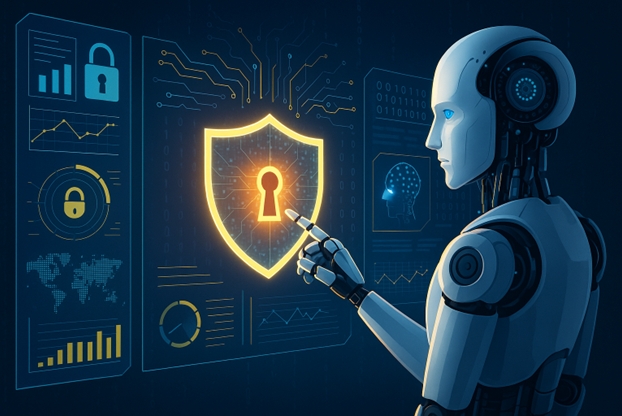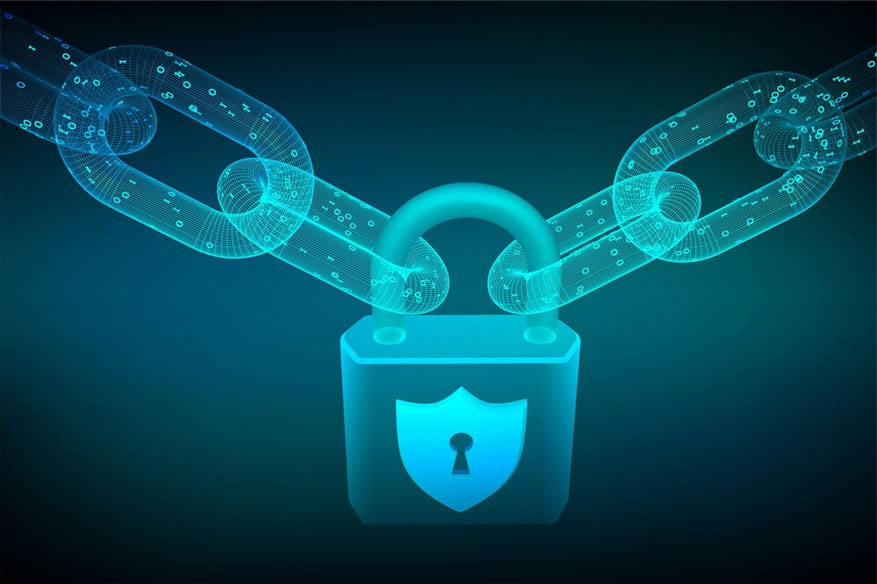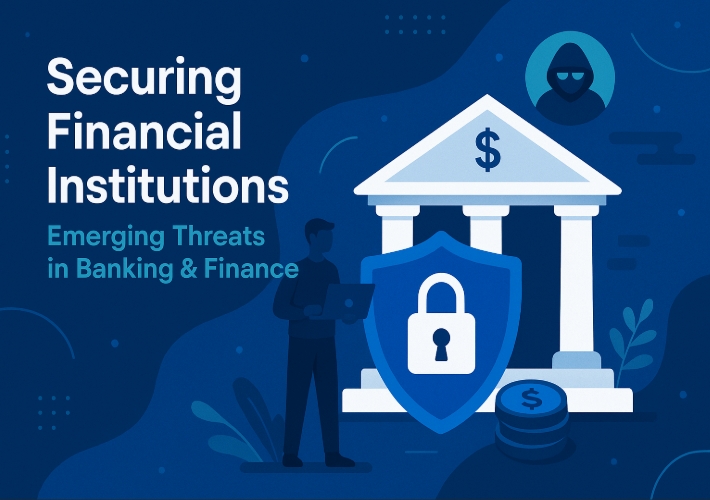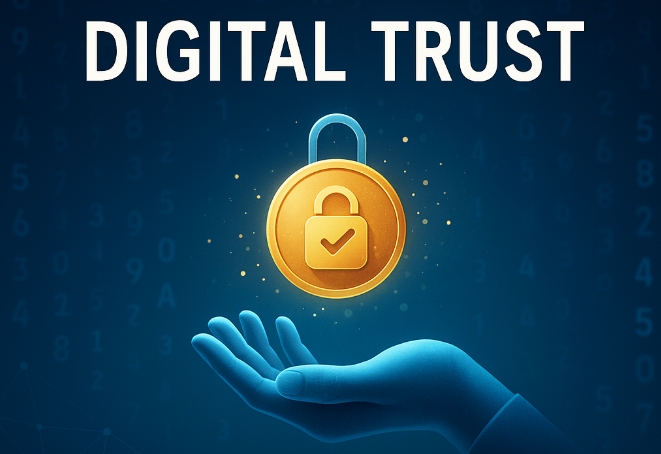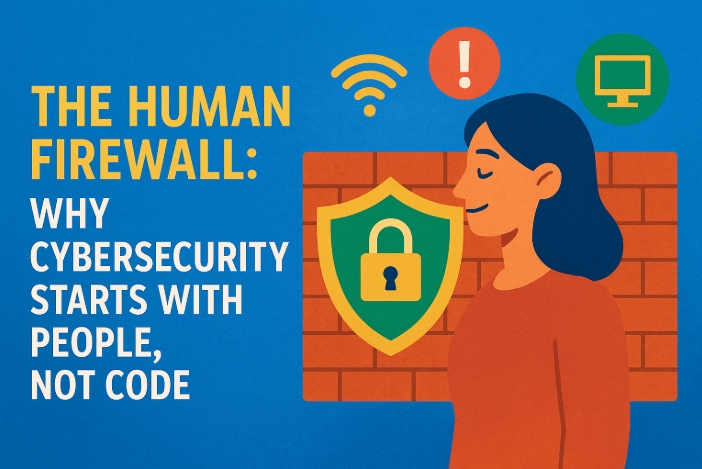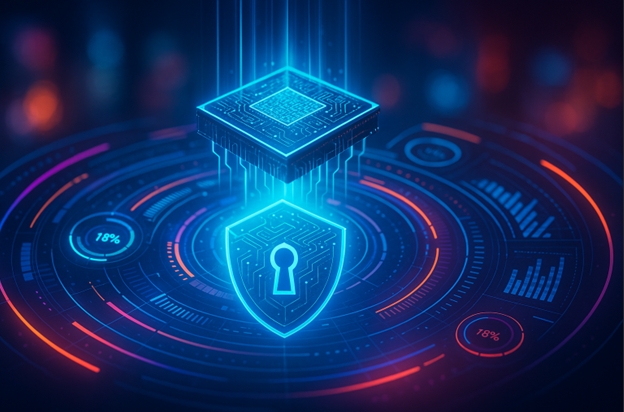AI Security Concerns: Risks and Mitigation Strategies
AI, or Artificial Intelligence—the buzzword today—refers to imparting intelligence to machines. It has become an inevitable part of our daily lives, from planning trip itineraries to creating Ghibli-style images! However, with the rise of AI, serious privacy and security concerns have surfaced. In this article, I highlight the major AI security concerns and discuss possible mitigation strategies.
1. Traditional Cybersecurity VS. AI Security
While both traditional cybersecurity and AI security aim to protect digital systems, their focus areas, threat models, and approaches differ significantly.
-
Traditional Cybersecurity: Safeguards networks, servers, devices, and data from known threats like unauthorized access, malware, ransomware, and DDoS attacks. Defenses are largely signature-based or behavior-based.
-
AI Security: Goes beyond infrastructure protection. It focuses on securing the AI models themselves, their training data, and the decisions they produce. It must handle threats such as:
-
Data Poisoning: Manipulating training data to corrupt models.
-
Adversarial Inputs: Slightly altered inputs that trick models.
-
Model Extraction: Stealing models through APIs.
-
Traditional systems are attacked mainly at the network and software layers, but AI systems open up new surfaces: model weights, datasets, feature engineering, and even inference stages. Moreover, AI models are often black boxes, making manipulation and errors much harder to detect.
2. Emerging Threats in AI
The Rise of Generative AI Risks
Powerful models like GPT, DALL·E, and deepfake tools have driven incredible advances — but also new risks. Generative AI can produce hyper-realistic audio, video, and text that are difficult to distinguish from genuine content. For example:
-
Deepfake videos of political figures making false statements threaten election integrity.
-
Large Language Models (LLMs) like ChatGPT or Gemini can hallucinate—producing plausible but false information. In 2023, a New York lawyer faced sanctions after citing non-existent cases generated by ChatGPT in court filings.
Such hallucinations are particularly dangerous in sensitive domains like healthcare or law, where accuracy is critical.
Biases and Ethical Concerns
AI models often inherit—and sometimes amplify—the biases present in their training data. For instance, certain algorithms intended to reform the American justice system were found to unfairly penalize Black individuals while being lenient toward White individuals.
This underscores urgent ethical concerns around:
-
Fairness: Avoiding bias
-
Inclusivity: Ensuring diverse representation
-
Accountability: Holding developers and users responsible
3. New Attack Vectors in AI
AI systems introduce unique and sophisticated attack surfaces:
-
Data Poisoning Attacks: Adversaries insert malicious data into training sets to corrupt the model subtly.
Example: Poisoned images uploaded to open-source datasets can cause vision models to misclassify stop signs or human faces. -
Model Inversion and Membership Inference Attacks:
-
Model Inversion: Attackers reconstruct training data by querying the model.
-
Membership Inference: Attackers infer whether a specific record was part of the training set.
A study on healthcare machine learning models demonstrated how patient privacy could be compromised, posing serious risks under HIPAA and GDPR.
-
-
Adversarial Attacks: Inputs are carefully modified to trick models into wrong predictions—dangerous for autonomous vehicles, medical diagnostics, and security systems.
4. Global Regulatory Landscape for AI
Governments are waking up to the risks AI presents and are beginning to regulate its development and deployment:
-
European Union: Passed the world’s first comprehensive AI law—The EU AI Act (2024)—categorizing systems by risk levels and imposing strict controls on high-risk applications (e.g., biometric surveillance, recruitment tools).
-
United States: Issued executive orders and agency guidelines focusing on AI safety, non-discrimination, and transparency. However, the U.S. lacks a unified, comprehensive framework compared to the EU.
-
China: Regulations emphasize content moderation, censorship control, and mandatory real-name registration for AI-generated media.
Unlike traditional compliance requirements, ethics in AI isn’t just about meeting legal standards — it’s about taking full responsibility for the impacts AI can have.
5. Key Principles for Secure and Ethical AI
To secure AI and foster public trust, organizations must embrace core principles:
-
Fairness: Avoid bias and ensure inclusive model outcomes.
-
Transparency: Clearly explain how and why AI decisions are made.
-
Accountability: Hold developers, deployers, and users responsible for AI-driven results.
6. Building a Resilient AI Security Strategy
To protect against AI-specific threats, organizations and governments must:
-
Monitor training datasets: Detect and correct hidden biases.
-
Use cryptographic techniques: Implement data provenance and differential privacy.
-
Test models for robustness: Simulate adversarial attacks to uncover vulnerabilities.
-
Continuously monitor behavior: Detect anomalies that may indicate tampering or drift.
-
Blend innovation with security: Promote responsible AI development without stifling progress.
AI governance should be proactive, resilient, and evolve alongside the technology itself.
7. Conclusion: Securing the Future of AI
AI marks the beginning of a new technological era—and we must be prepared to secure it. If we fail to address AI security challenges today, we risk materializing humankind’s worst nightmare: being overpowered by machines we can no longer control.
By embedding security, fairness, and accountability into every stage of AI development, we can ensure that the AI revolution remains one of humankind’s greatest achievements — not its gravest threat.

